Drought isn’t all bad. In fact, it’s turning out to be a dry blessing in disguise this year as the lack of snow means less runoff in areas burned by the massive Creek and Sequoia Complex wildfires in 2020.
The Creek Fire, which started on September 4, 2020, burned nearly 380,000 acres of the San Joaquin River watershed before it was contained on December 24, 2020. The Sequoia Complex Fire, which started on August 19, 2020, burned over 170,000 acres including swaths of the Tule River and Kern River watersheds. It wasn’t declared out until January 6, 2021 and just recently, a giant sequoia was found still smoldering in the heart of the burn area.
Sooty, muddy, debris-laden runoff from those charred hillsides could have gunked up water delivery systems, even threatening drinking supplies.
But so far, runoff and effects on water quality have been minimal, according to government agencies and water authorities.
The threat still looms though, as burns can take years to fully recover. State agencies are keeping an eye on the burn sites but future effects on water systems are, for the most part, unknown.
Wildfire burn areas can cause a range of problems for water supplies once the wet season arrives. The first big storm, known as the “first flush” will usually carry debris and ash into streams and creeks. The loss of vegetation often leads to erosion and water can be inundated with sediment.
“Those materials are built up on the landscape and it all gets washed off,” said Charles Alpers, research chemist for the United States Geological Survey.
There is also more runoff after wildfires because the soil itself is altered by extreme heat, becoming resistant to water so it doesn’t soak into the ground.
“If there’s a lake or a reservoir in the watershed then all that material can accumulate there and the water quality in the lake can be pretty muddy,” said Alpers. “If it’s used for drinking water that’s the biggest concern.”
The Sierra Nevada range is the main source of water for most of California. Rivers bring runoff from the mountains down to reservoirs above the valley floor and into the Sacramento-San Joaquin Delta. Canals then ship that water to millions of Californians for drinking and agriculture.
So, how runoff may affect water quality is important.
A task force including several local, state and federal agencies started meeting about the issue shortly after the Creek Fire began in September 2020. The group, made up of CalFire, the National Weather Service, Army Corps of Engineers, Department of Water Resources, county departments and others, met twice weekly to “evaluate and mitigate potential impacts to the watersheds,” a Fresno County spokesperson wrote in an email.
So far, there hasn’t been an impact to water quality, the spokesperson wrote.
The Friant Water Authority has also watched the Creek Fire and its aftermath closely. The authority manages the Friant-Kern Canal, which brings water from Millerton Lake near Fresno to farms and towns all the way down to Arvin along the eastern flank of the valley. Millerton gets its water directly from the watershed burned by the Creek Fire.
If runoff from the burn sites pose a threat to water quality, the Office of Emergency Services or Fresno County would notify Ian Buck-Macleod, water resources manager for the authority.
“We haven’t seen nearly any of the debris flow risk we thought we’d get, which is relieving,” said Buck-Macleod.
The lack of storms, though, can be a double edged sword. Recovery depends on vegetation growing back and in a drought, that takes longer. If California has a wet year in 2022, the 2020 burn sites could still potentially cause problems.
“In my mind, I would still be concerned next year,” said Buck-Macleod.
Large wildfire burns can take years to fully recover. The area of the 2014 King Fire, for example, which burned nearly 100,000 acres in El Dorado County, has still not bounced back.
Monitoring water quality will be ongoing.
Two public water systems that rely on Millerton Lake for instance, are required to take continuous measurements according to Tricia Wathen, Fresno Section Chief for the Division of Drinking Water of the State Water Resources Control Board. If any impacts from the burn zones affect its water, staff will immediately notify the Division of Drinking Water which will alert downstream users.
Faith Kearns, who works with the California Institute for Water Resources, said many of the questions about how burns affect watersheds and downstream water users are still unanswered.
Kearns, who has worked on fire issues for 15 years, said California has always experienced wildfire, dryness and heat. The intensity of those conditions in recent years has “super charged” wildfires.
“We are in a new paradigm where things are burning in really intense ways that people didn’t anticipate. The water effects are things that we wouldn’t necessarily have thought to look out for 10 years ago,” said Kearns. “It’s a new horizon.”
Share this:
- Click to share on Facebook (Opens in new window)
- Click to share on Twitter (Opens in new window)
- Click to share on LinkedIn (Opens in new window)
- Click to share on Reddit (Opens in new window)
- Click to share on Tumblr (Opens in new window)
- Click to share on Pinterest (Opens in new window)
- Click to share on Pocket (Opens in new window)
- Click to share on Telegram (Opens in new window)
- Click to share on WhatsApp (Opens in new window)
- Click to print (Opens in new window)

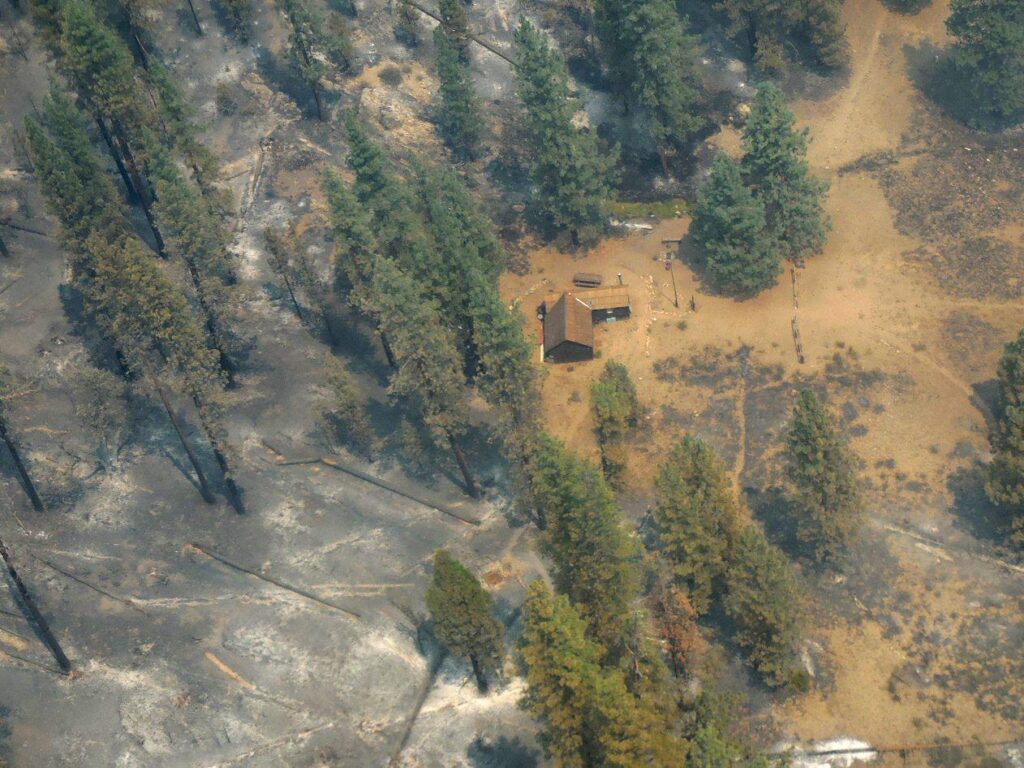
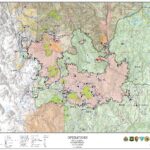
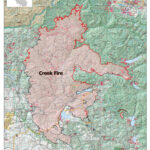



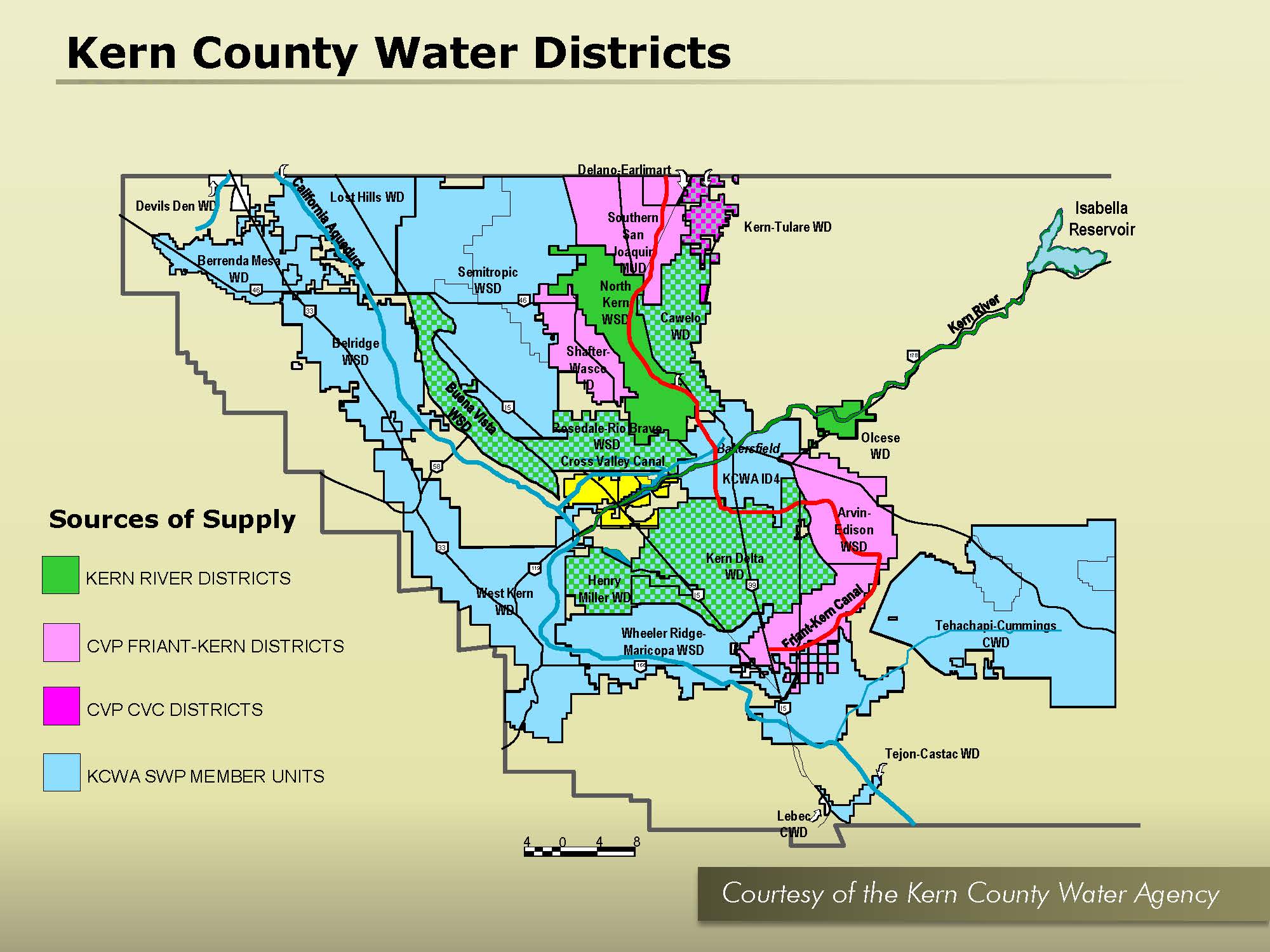
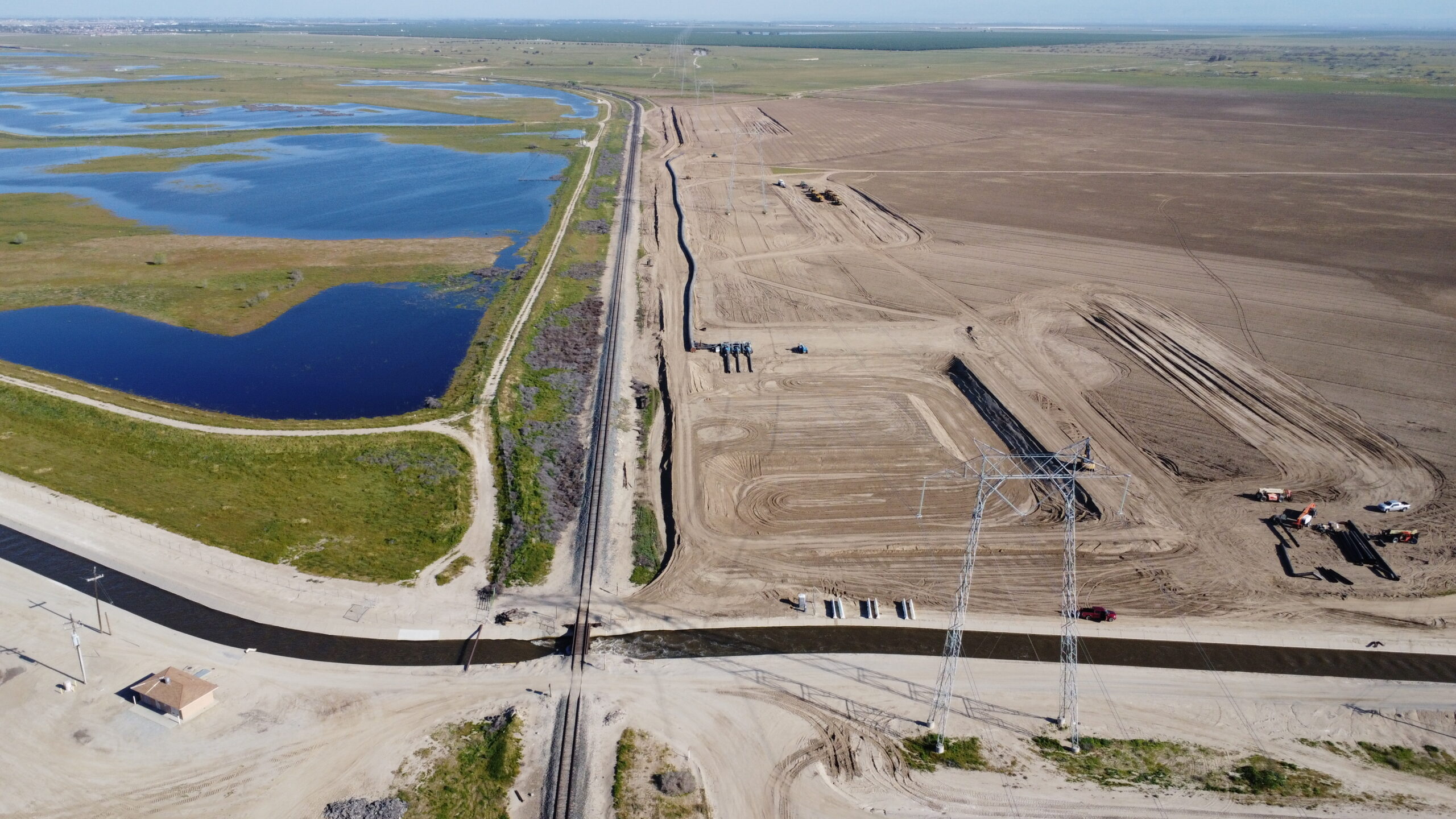

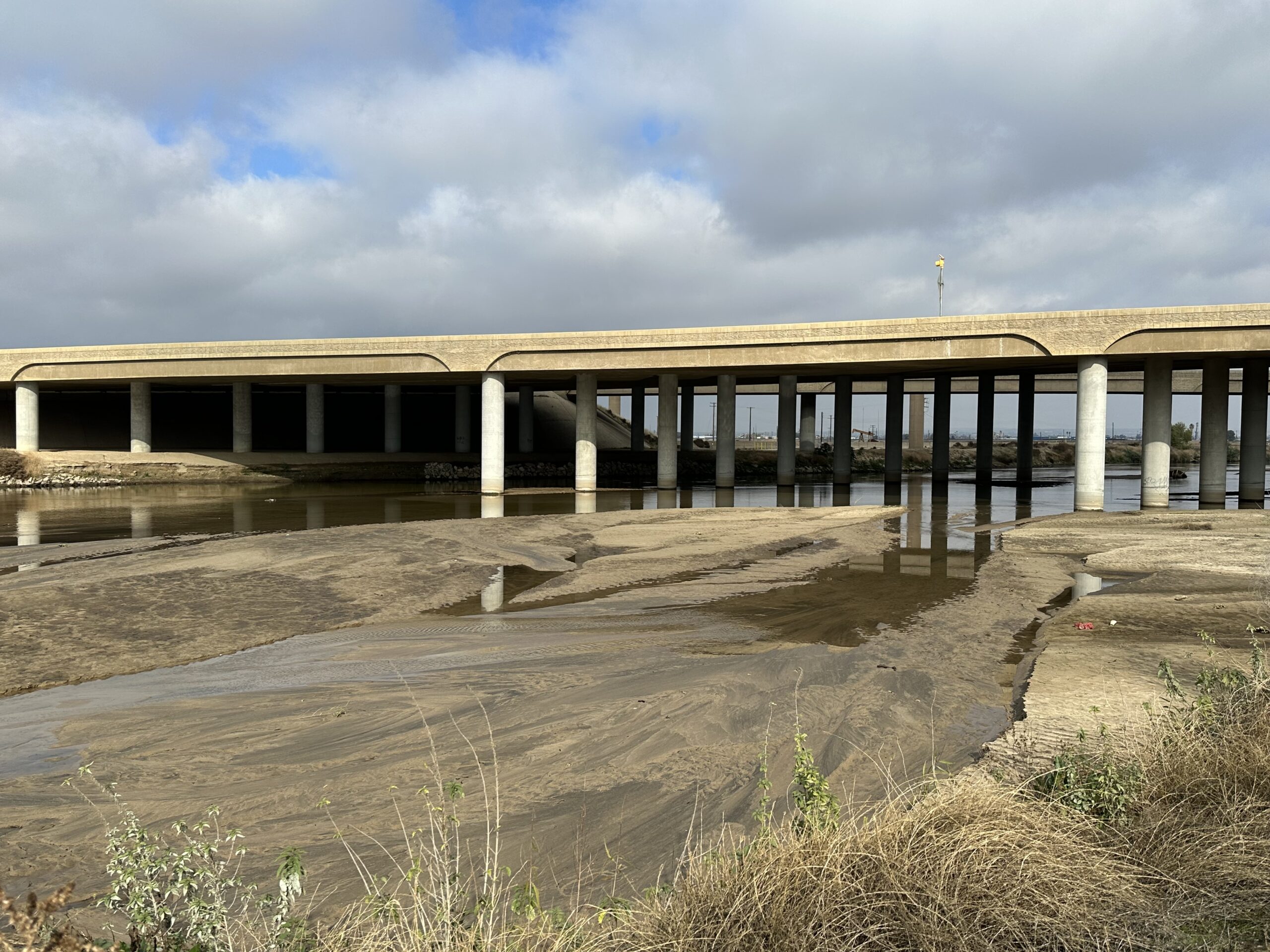
You must be logged in to post a comment.